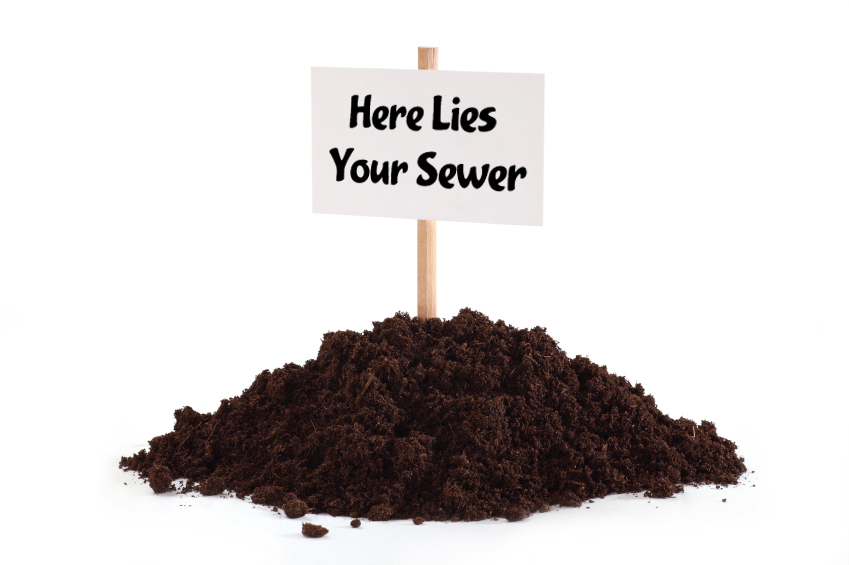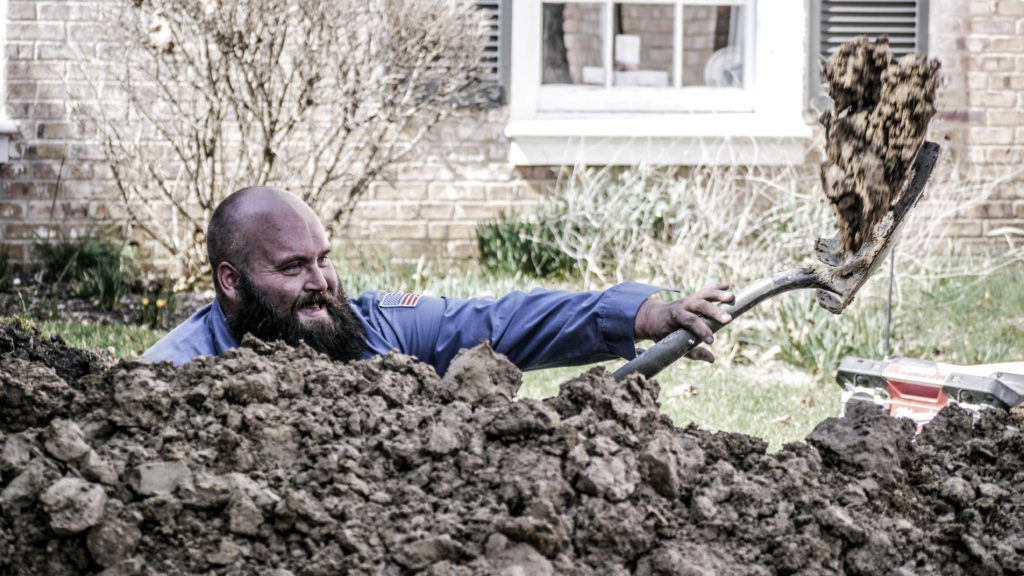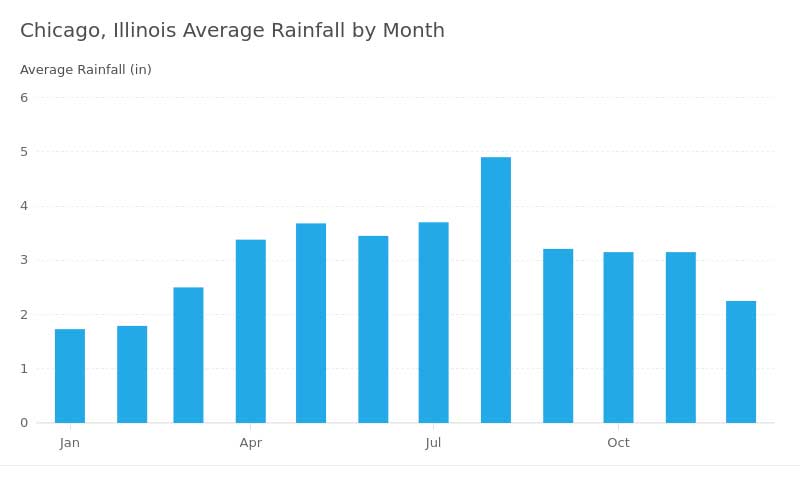Flooding is a natural disaster that can cause significant damage to homes and properties, leading to costly repairs and emotional distress. As climate change continues to exacerbate weather patterns, the frequency and severity of floods are increasing.
Homeowners need to consider investing in flood control systems to protect their homes and assets.
But when is the right time to make this investment, and why is it crucial?
This article will explore the factors influencing this decision and the benefits of proactive flood management.
Assessing the Risk of Flooding
The first step in determining when to invest in a flood control system is to assess the risk of flooding in your area. Several factors can influence this risk:
- Geographic Location: Homes located in floodplains, near rivers or lakes, are at higher risk. Understanding your location’s flood history and potential is critical.
- Weather Patterns: Regions prone to heavy rainfall or snowmelt can experience frequent flooding. Monitoring weather patterns and changes in climate can provide insight into potential risks.
- Topography: The landscape around your home, including elevation and drainage patterns, can affect flood susceptibility. Low-lying areas or properties with poor drainage are more vulnerable.
- Urban Development: Increased urbanization can lead to reduced natural drainage, increasing flood risk. New construction and infrastructure changes can alter water flow, impacting your property.
Timing the Investment
Once the risk has been assessed, homeowners should consider the following scenarios for investing in a flood control system:
- After a Flood Event: Experiencing a flood firsthand often prompts immediate action. While this is a reactive approach, it underscores the importance of protection. Investing in flood control systems after a flood can prevent future incidents.
- Before Severe Weather Seasons: If your area is known for seasonal flooding, investing in a flood control system before the rainy or snowmelt season can provide peace of mind and physical protection.
- During Home Renovations or Purchases: If you are renovating your home or purchasing a new property, it is an ideal time to install flood control systems. Integrating these systems during renovation is often more cost-effective and less disruptive.
- Changes in Risk Assessment: Regularly updating your flood risk assessment based on new data or environmental changes can prompt timely investments. If new infrastructure or climate data indicates increased risk, it is prudent to act sooner rather than later.
Types of Flood Control Systems
Homeowners have a variety of flood control systems to choose from, depending on their specific needs and risks:
- Sump Pumps: The most basic protection. Sump pumps are installed in basements or crawl spaces to remove accumulated water and prevent flooding.
- French Drains: A trench filled with gravel or rock containing a perforated pipe that redirects surface water and groundwater away from your home.
- Backflow Valves: These valves prevent sewage from backing up into your home during heavy rains.
- Overhead Sewer Systems: The most effective flood control system of all:
overhead sewer conversion
An overhead sewer system prevents basement flooding by rerouting wastewater through pipes that are elevated above the basement level, thereby reducing the risk of backflow from the main sewer system. Here’s how it works:
- Installation of Overhead Sewer Pipes: The existing basement drain pipes are disconnected from the main sewer line. Instead, they are connected to a new overhead sewer pipe, which runs above the basement floor level, usually at or above the height of the first floor.
- Sump Pit and Pump: A sump pit is installed in the basement floor to collect wastewater from basement fixtures like sinks, toilets, and laundry machines. This pit contains a sump pump that lifts the wastewater up to the overhead sewer pipe.
- Gravity Flow: Once the wastewater is pumped up to the overhead sewer pipe, it flows by gravity out to the main sewer line. Since the main sewer line connection is now above the basement level, any backflow from the sewer system would have to rise to the level of the overhead sewer pipe, which is typically higher than any potential flood level.
- Check Valve: Some systems include a check valve in the overhead sewer line to provide an extra layer of protection against backflow.
By elevating the discharge point of the basement plumbing above the level of potential sewer backflow, an overhead sewer system effectively prevents basement flooding. This system is particularly useful in areas prone to heavy rainfall or where the municipal sewer system may become overwhelmed, causing backflow into lower-level drains and fixtures.
And as anyone who has been flooded by sewage water can attest, it’s not a situation any homeowner wants to find themselves in.
Benefits of Investing in Flood Control Systems
- Protection of Property: The primary benefit is safeguarding your home and belongings from water damage, which can be costly to repair.
- Insurance Savings: Many insurance companies offer lower premiums for homes equipped with flood control systems, reducing overall expenses.
- Increased Property Value: Homes with flood mitigation measures in place are more attractive to buyers, potentially increasing resale value.
- Peace of Mind: Knowing that your home is protected can reduce stress and anxiety during severe weather events.
Investing in a flood control system is a proactive measure that can save homeowners significant time, money, and stress.
Assessing your flood risk and timing your investment appropriately are crucial steps in protecting your property.
With the increasing unpredictability of weather patterns, being prepared is more important than ever. By understanding when and why to invest in flood control, homeowners can make informed decisions that safeguard their homes and enhance their quality of life.








